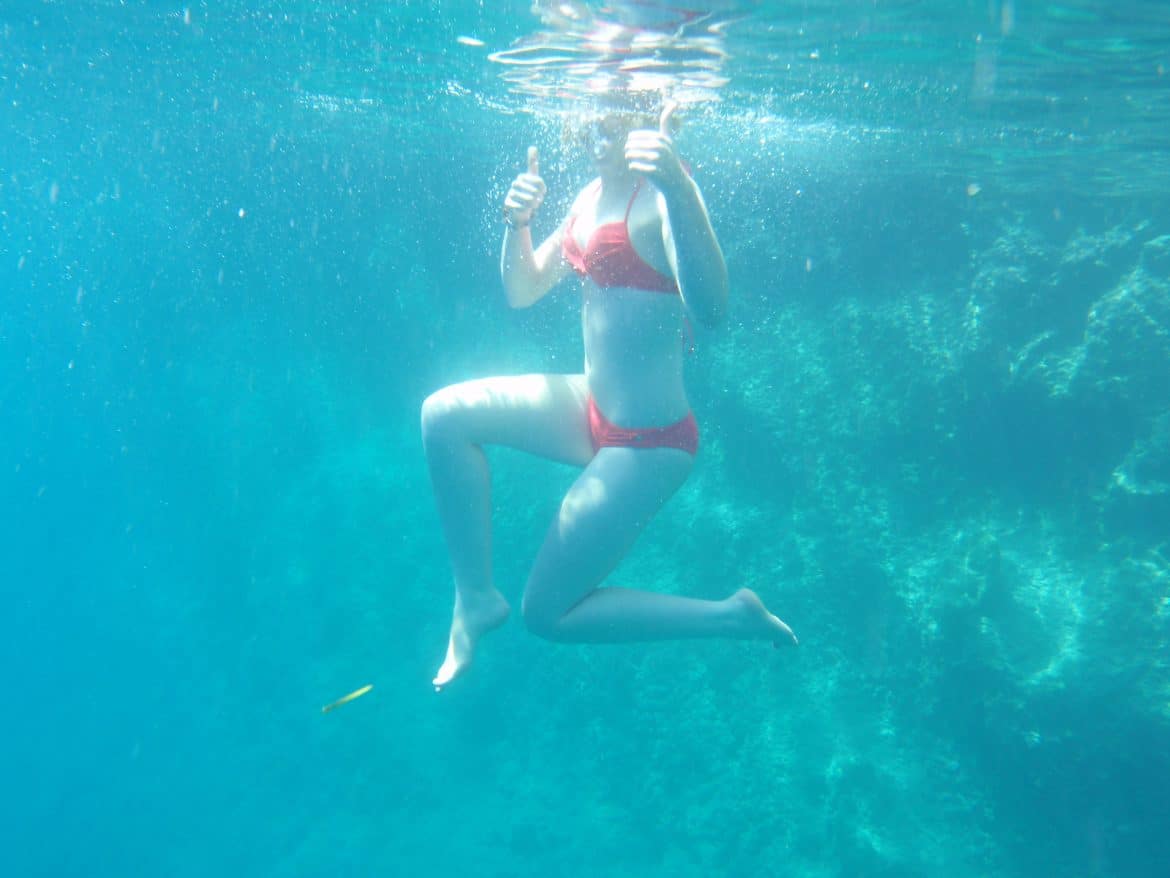Ditching training plans and lesson plans and planning something else
Learning to let yourself be supported by water is profoundly beneficial. Its importance tends to be missed because swimming teachers think we have to get people swimming (strokes, distances). Most adult learners are very open to new experiences. It’s a shame that teachers sometimes give them the wrong ones!
Teachers are trained to teach strokes and swimming tends to be defined in particular by front crawl and breaststroke. With strokes we can use the water for exercise, count lengths, record times. Get fit. Fight fat. Enter a triathlon, raise money for charity. So many ways to use the water!
But in all of our egotistical swimming pursuits, we’re liable to forget the primary thing. If we embrace the support of the water, it helps us release tension and breathe. It brings wholeness of the back and freedom of limbs. We become like a creature that belongs in water.
What does ‘going swimming’ mean to children when they beg us to take them? Play. Adventure. Fun. Adults are different in water but we can still be creative and explore…
Drop down vertically to sit on the pool floor. Float like a jellyfish, watching your limbs dangle as bubbles escape. Roll from front to back and back to front. Float about looking at the fish on holiday.
How easy is it not to hold your breath, force air out or suck it in? Explore with simple activities how giving your head to the water so that your neck is free opens your back and helps you breathe naturally, then see what happens to this when you start swimming strokes.
Being in the water can be all about moments of quietness and integration. The more purposeful we are in our aims to cover distances using strokes, the fewer meaningful experiences we’re likely to enjoy. For real freedom in water, forget strokes, form and fitness. Whereas children naturally make discoveries by exploring through play, adults need to do it consciously. If we’re going to make any plans for ourselves or others in water, we should aim for more moments of freedom.
Observe any organised swimming session, an adult ‘beginners’ group, a front crawl ‘workshop’, an over 40s or ‘adult lanes’ session, two chiselled triathletes training in their wetsuits, synchronised silhouettes swimming into the sunset. Real freedom isn’t often found in any of these settings, even in a flowing front crawl.
A free, conscious movement comes from quietness and rest, not intensive activity. We’re thinking beings, not machines. And we’re land based mammals, not real swimmers like seals or dolphins. So we need to enter water with an open mind and a different kind of plan, not a training plan, or a lesson plan but a plan for more freedom.


